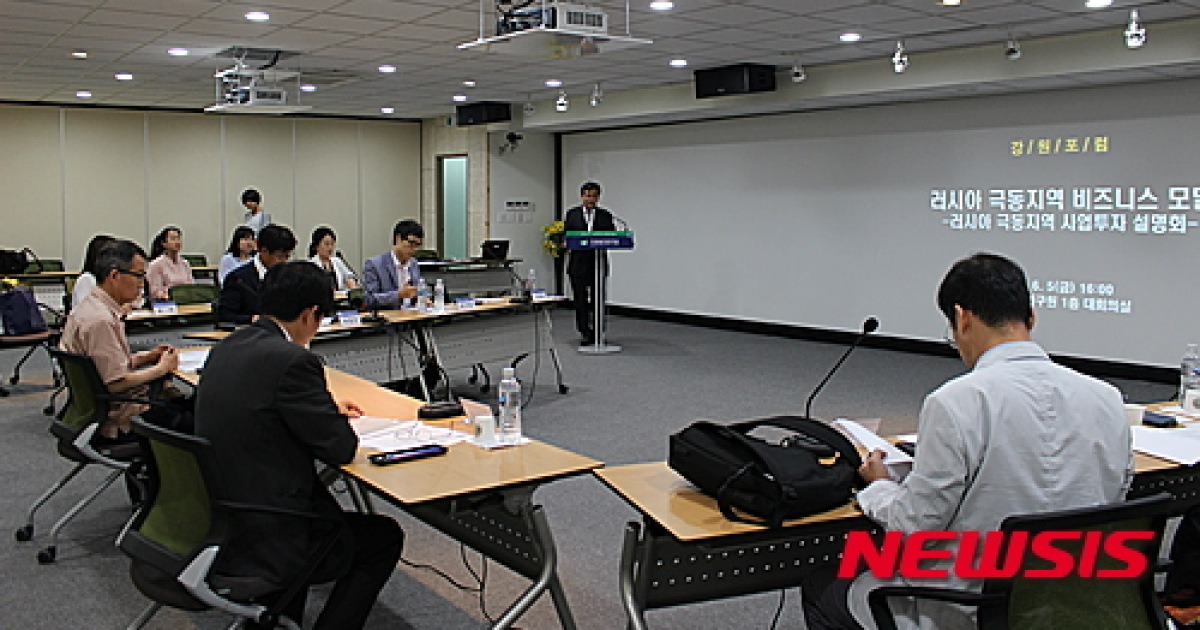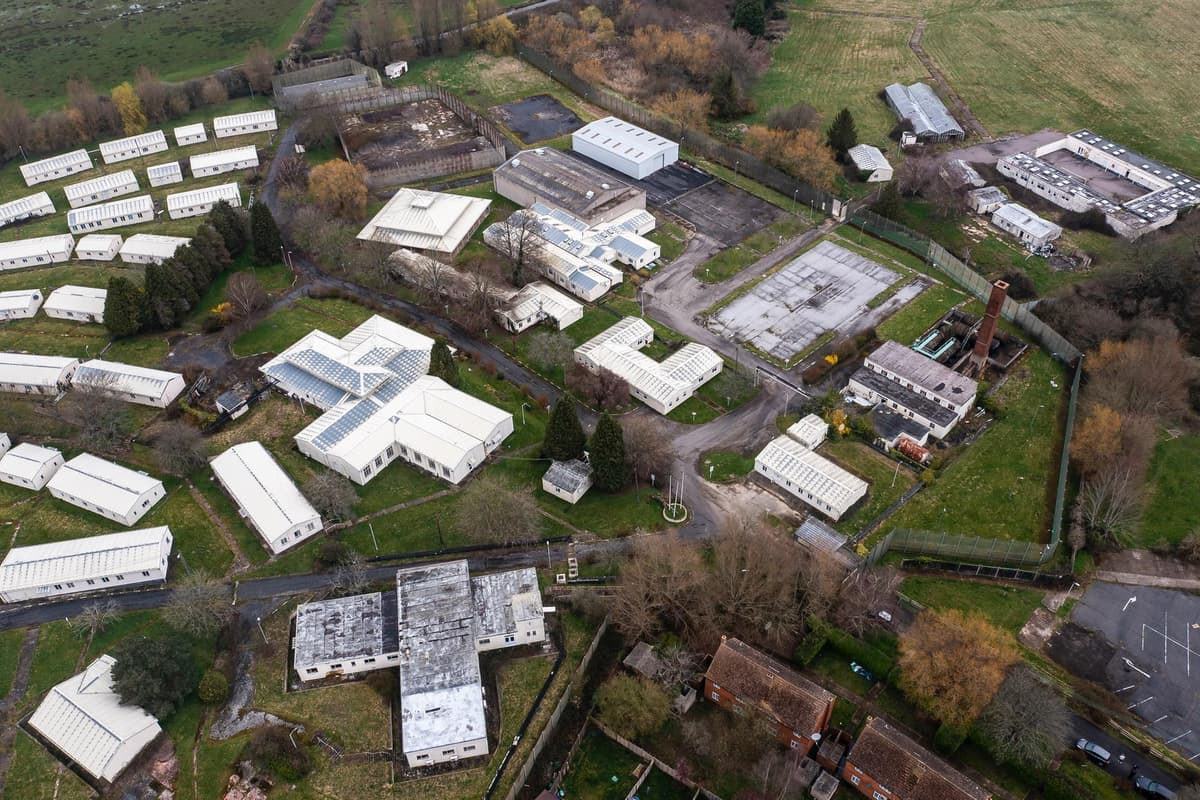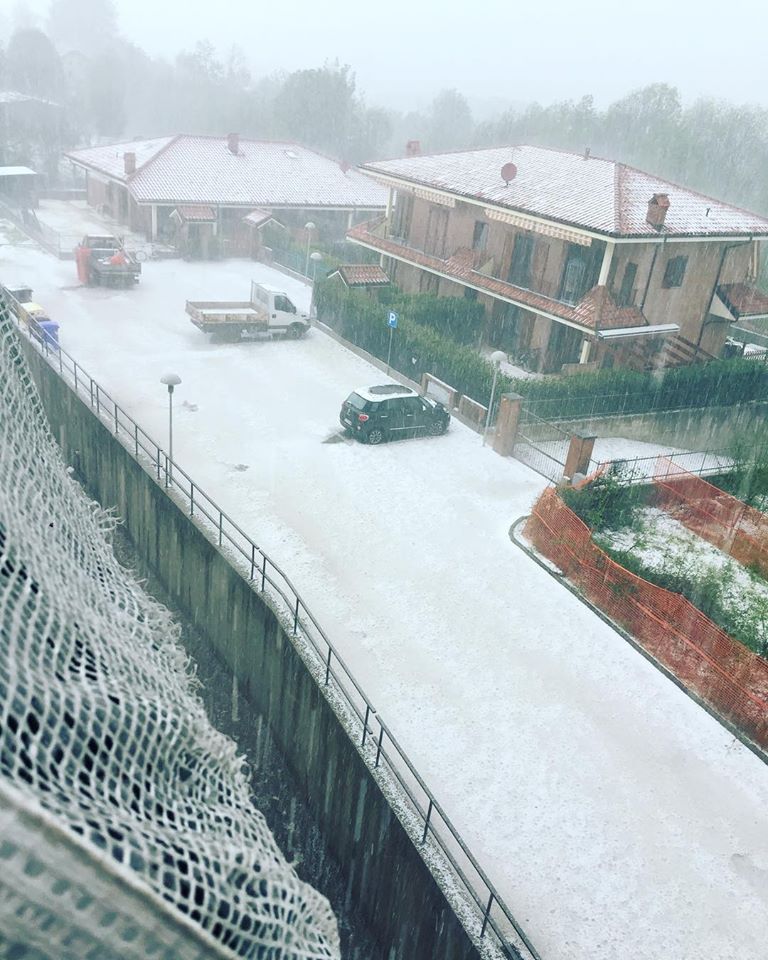Netherlands Plans Area Bans For Disruptive Asylum Seekers

Table of Contents
The Dutch government is grappling with a complex challenge: addressing disruptive behavior among some asylum seekers. A controversial new plan proposes implementing area bans as a potential solution, sparking intense debate and raising significant concerns. This article examines the specifics of this proposed policy, exploring its potential effects, legality, and efficacy. We will analyze the reasons behind the proposal, delve into the potential consequences, and consider alternative approaches to managing disruptive behavior within the asylum system in the Netherlands.
Reasons Behind the Proposed Area Bans for Asylum Seekers
The proposed area bans for disruptive asylum seekers stem from a confluence of factors, creating a complex political and social landscape.
Public Safety Concerns
Rising concerns about crime and anti-social behavior linked to some asylum seeker groups are fueling the debate.
- Examples of disruptive behavior include vandalism of public property, drug dealing, and instances of harassment and intimidation of local residents.
- While precise statistics correlating crime rates with asylum seeker populations are debated, anecdotal evidence and reports from local communities contribute to public anxiety. Further research is needed to establish a clear causal link.
- Statements from government officials and local politicians highlight the need for stricter measures to address perceived threats to public safety, with some emphasizing the importance of protecting citizens from criminal activity.
Strain on Local Resources and Infrastructure
The influx of asylum seekers places a strain on local resources and infrastructure, exacerbating existing challenges.
- Examples include increased demands on schools, healthcare facilities, and housing, particularly in areas with high concentrations of asylum seekers.
- The economic impact of managing disruptive behavior, including increased policing costs and social services expenditure, adds further pressure on already stretched local budgets. This economic strain is a key concern for many local governments.
- The government’s ability to provide adequate support services while addressing public safety concerns is a central theme in the ongoing discussions.
Public Sentiment and Political Pressure
Growing public discontent and political pressure are significantly influencing government policy on asylum seekers.
- Right-wing political parties have been vocal in demanding stricter measures to address disruptive behavior, gaining traction in public opinion polls. The political climate plays a significant role in shaping the government's response.
- Public opinion polls reveal a range of views, with some supporting stricter measures while others express concern about potential human rights violations. Understanding public sentiment is crucial to navigating this complex issue.
- The interplay between public opinion, political maneuvering, and the government's responsibility to maintain order creates a challenging environment for policymaking.
Details of the Proposed Area Bans
The specifics of the proposed area bans remain subject to ongoing discussion and refinement. However, certain elements are emerging.
Geographic Scope and Target Group
The exact geographic areas subject to bans and the criteria for identifying disruptive asylum seekers are still under consideration.
- Specific locations haven't been publicly announced, likely to avoid preemptive reactions and allow for further policy development. The choice of areas will likely consider the concentration of asylum seekers and reported incidents.
- The criteria for identifying "disruptive" asylum seekers need clear definition to prevent arbitrary application and potential discrimination. This aspect is crucial for the legal viability and ethical implications of the area bans.
- The legal basis for such bans, considering existing legislation and potential conflicts with human rights laws, requires careful scrutiny.
Enforcement Mechanisms and Penalties
The enforcement mechanisms and penalties for violating area bans are yet to be fully detailed.
- The role of law enforcement in monitoring and enforcing the bans will be critical. Coordination between local police and immigration authorities will be essential for effective enforcement.
- Potential sanctions for violating bans could range from fines to deportation, depending on the severity of the offense and the asylum seeker's status. The proportionality of penalties needs to be carefully considered.
- The practical challenges of enforcement, including identifying and tracking individuals subject to bans, need careful planning.
Duration and Review Process
The duration of area bans and the availability of a review process are key aspects needing clarification.
- The proposed length of bans is unclear, and the possibility of extending bans based on ongoing disruptive behavior needs consideration.
- A fair and transparent review process is essential to ensure due process and prevent arbitrary or discriminatory application of the bans. Opportunities for asylum seekers to challenge their bans are vital.
- Transparency in the decision-making process surrounding the imposition and duration of area bans is crucial for public confidence and accountability.
Potential Consequences and Criticisms
The proposed area bans have sparked significant criticism and raise several serious concerns.
Legal Challenges and Human Rights Concerns
Area bans could face legal challenges based on human rights considerations, potentially violating international and national laws.
- Arguments against area bans often cite potential discrimination against asylum seekers based on nationality or origin. The principle of non-discrimination is a cornerstone of human rights law.
- Concerns about due process and the right to a fair hearing are central to critiques of the proposal. The lack of clear procedures could lead to unjust treatment.
- Relevant international human rights laws, such as the European Convention on Human Rights, need to be carefully considered.
Impact on Integration Efforts
Area bans could severely hinder integration efforts and further marginalize already vulnerable individuals.
- Restricting movement and access to services could create social isolation and deepen existing barriers to integration. This approach could be counterproductive to long-term integration goals.
- Negative impacts on community relations and social cohesion could result from the perception of discrimination and exclusion. This could heighten tensions between local communities and asylum seekers.
- The long-term consequences of fostering segregation and exclusion on the success of integration need careful evaluation.
Effectiveness and Alternatives
The effectiveness of area bans in addressing disruptive behavior is questionable, and alternative approaches should be prioritized.
- Alternative solutions, such as community policing initiatives, targeted support services for vulnerable asylum seekers, and effective integration programs, may be more effective.
- Evidence-based strategies that focus on prevention, rehabilitation, and addressing the root causes of disruptive behavior are likely to yield better results.
- Prioritizing resources towards community-based solutions that enhance social cohesion and support integration is a more humane and potentially more effective approach.
Conclusion
The Netherlands' plan to implement area bans for disruptive asylum seekers is a complex issue with significant implications for public safety, human rights, and integration efforts. The reasons cited for the proposal – public safety concerns, strain on resources, and political pressure – are understandable, yet the potential consequences, including legal challenges, human rights violations, and negative impacts on integration, require careful consideration. Alternative solutions focusing on prevention, community engagement, and targeted support services may prove more effective in the long run. Further discussion and debate are essential to ensure a balanced and effective response that addresses public concerns while upholding human rights and promoting successful integration. Continue the conversation and stay informed about developments regarding Netherlands area bans for disruptive asylum seekers and the ongoing debate surrounding asylum policy in the Netherlands.

Featured Posts
-
 Mls
May 12, 2025
Mls
May 12, 2025 -
 New Calvin Klein Campaign Featuring Lily Collins Image 5133595
May 12, 2025
New Calvin Klein Campaign Featuring Lily Collins Image 5133595
May 12, 2025 -
 Wildfire Speculation Examining The Ethics Of Betting On The Los Angeles Fires
May 12, 2025
Wildfire Speculation Examining The Ethics Of Betting On The Los Angeles Fires
May 12, 2025 -
 Asylum Shelter Efficiency Advisory Councils Call For E1 Billion In Savings Through Improved Organization
May 12, 2025
Asylum Shelter Efficiency Advisory Councils Call For E1 Billion In Savings Through Improved Organization
May 12, 2025 -
 Anunoby Anota 27 Knicks Vencen A Sixers Novena Derrota Para Philadelphia
May 12, 2025
Anunoby Anota 27 Knicks Vencen A Sixers Novena Derrota Para Philadelphia
May 12, 2025
Latest Posts
-
 Summers Unexpected Threat The Impact Of Severe Hailstorms
May 12, 2025
Summers Unexpected Threat The Impact Of Severe Hailstorms
May 12, 2025 -
 Pools And Lawns Devastated By Unexpected Summer Hailstorms
May 12, 2025
Pools And Lawns Devastated By Unexpected Summer Hailstorms
May 12, 2025 -
 Assessing The Damage Hailstorms Hit Pools And Green Spaces
May 12, 2025
Assessing The Damage Hailstorms Hit Pools And Green Spaces
May 12, 2025 -
 Ai And The Future Of Design A Conversation With Figmas Ceo
May 12, 2025
Ai And The Future Of Design A Conversation With Figmas Ceo
May 12, 2025 -
 Summers First Blow Hailstorms Wreak Havoc On Pools And Lawns
May 12, 2025
Summers First Blow Hailstorms Wreak Havoc On Pools And Lawns
May 12, 2025
